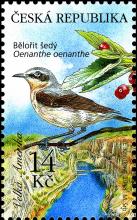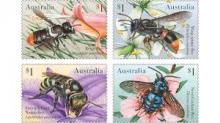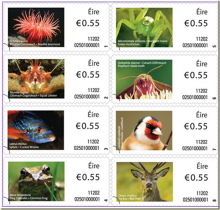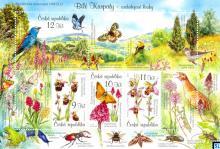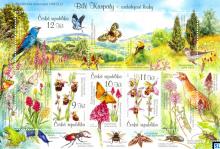Eight species of flora and five species of fauna are nearing extinction in the Punjab
Eight species of flora and five species of fauna are nearing extinction in Punjab. The once-common white-backed vulture (Gyps bengalensis) is critically endangered since 2000. Another endangered species is Indus River Dolphin (Platanista gangetica). Sarus Crane (Grus antigone) is another vulnerable bird species. Indian Rock Python (Python molurus) and Indian Roofed Turtle (Kachuga tecta) are also endangered. Among the endangered trees is ‘Seem’ tree (Tecomella undulata), an economically and pharmaceutically important tree.





